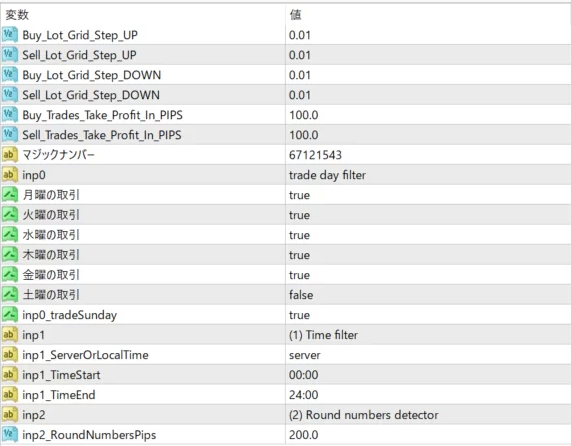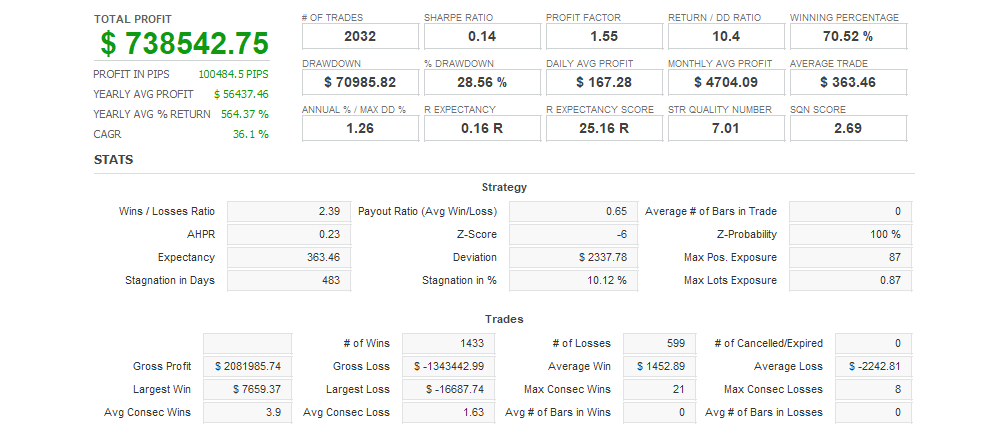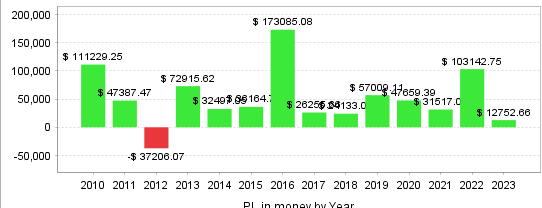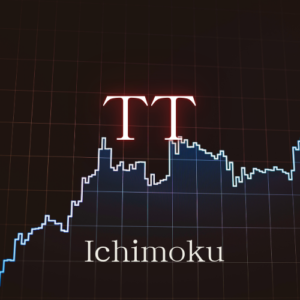Grid trading is a strategy of taking simultaneous buy and sell positions and closing both profitable and unprofitable positions during price retracement periods. In this article, we will show you how to set the grid size in terms of price and add variable take profit positions.
A particularly useful pair for this grid trading strategy is GBPJPY, which aims to take profits in the middle of the grid, rather than when new grid positions are opened. This approach is intended to give you the opportunity to reverse if the pair's price movement reaches a final high or low.
As an example, let's consider a 200 pip grid, in which the Take Profit (TP) for the position can be taken at 100 pips on either side of the grid, if the price swings 100 pips up or down both positions will be closed and your capital will be returned to your bank balance.
We also experimented with setting the TP at 200-300 pips, which would keep the position open all the time and allow for bigger profits, and also allow us to close the position by manually adjusting the TP during the trade.
At the moment, we have a variable profit position 10 pips away from the next grid step to make the most profit when the price is trending. This allows for additional buy/sell positions, which can be effective when the pair is trading following the trend.
To find the right pair, we use a little calculation called the "Macro Grid Coefficient (MGC)". This is calculated by subtracting the pair's highest high and highest low, then dividing by the longer-term daily ATR. The smaller this value is, the more suitable the pair is for grid trading. In other words, the smaller the macro range relative to daily volatility, the better the grid trading pair.
However, there are some considerations to be made with grid trading. First, it does not rely on indicators and has no long-term effect, so it does not help efficiency by adding latency. Second, large grid steps create an optimal grid structure. And third, macro ranges must be calculated for each pair to select the optimal trading pair.
When it comes to overcoming drawdowns (DD), you should not only consider how to eliminate past trades, but also how to neutralize them with time and price movements, for example, how to switch between buying and selling trends based on specific price action, or how to exit a trade at a specific stage.
GBPJPY4H backtest (January 2, 2013 – January 31, 2023)
GBPUSD 1H Backtest (January 2, 2013 – January 31, 2023) EURUSD 5M Backtest (January 2, 2013 – January 31, 2023) EURUSD 5M Backtest (January 2, 2013 – January 31, 2023)














